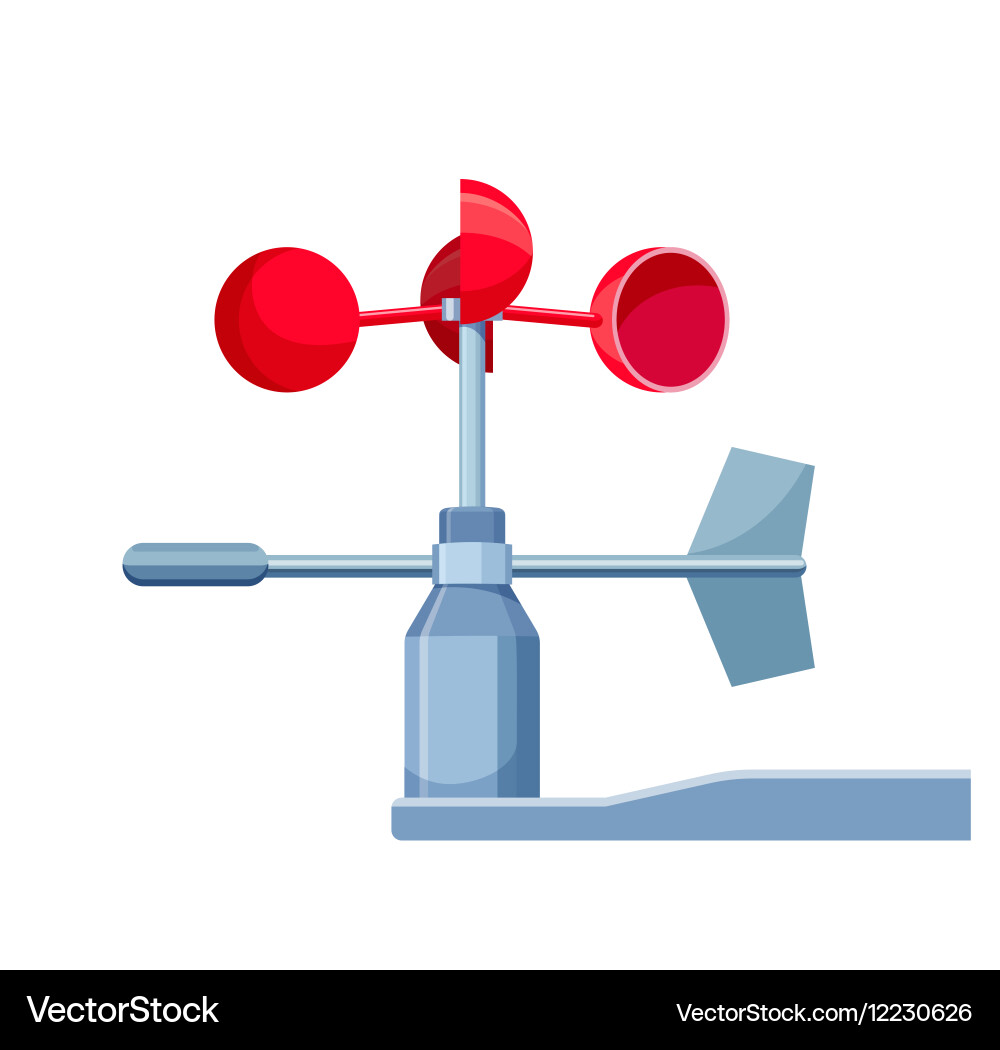All You Required to Know Regarding Anemometers: Exactly How They Function, Why They Matter, and Where to Use Them
Anemometers, however typically overlooked in the world of scientific instruments, play an important duty in numerous fields, providing valuable understandings right into wind rate and airflow patterns. As we delve into the intricacies of anemometer innovation, we will uncover the internal workings of these tools, their value, and the key factors to consider when picking the appropriate anemometer for details applications.

Anemometer Fundamentals
A vital tool utilized to measure wind speed and direction, the anemometer plays an important function in meteorology and numerous markets. An anemometer typically consists of 3 or 4 cups that revolve in the wind, a vane that directs right into the wind, and sensing units to track the activities or rotations.
There are numerous sorts of anemometers offered, including mug anemometers, vane anemometers, hot-wire anemometers, and sonic anemometers, each with its unique attributes and applications. Cup anemometers are typically utilized for fundamental wind rate measurements, while vane anemometers are preferred for directional measurements. Hot-wire anemometers appropriate for reduced airspeeds, and sonic anemometers are suitable for high-precision dimensions in study and commercial setups. Comprehending the fundamentals of anemometers is important for precise wind information collection and evaluation across different fields.
Principles of Anemometer Procedure
Building on the foundational understanding of anemometer fundamentals, the concepts of anemometer operation clarify the mechanics behind wind speed and direction dimensions. Cup anemometers, for circumstances, have 3 or even more cups that capture the wind, creating them to rotate faster as the wind speed rises. Hot-wire anemometers count on a warmed wire that cools down as wind passes over it, with the rate of cooling establishing the wind rate.
Importance of Anemometers
The relevance of anemometers in weather forecasting and various markets can not be overemphasized. Anemometers play an important role in gauging wind rate and direction, providing crucial data for climate forecasting, environment research studies, environmental surveillance, and air travel procedures. Meteorologists rely upon anemometers to collect accurate wind information, assisting them comprehend weather patterns, predict storms, and concern prompt cautions to the general public. In sectors such as construction, agriculture, renewable resource, and maritime operations, anemometers are made use of to optimize processes, make sure safety and security, and boost performance. As an example, wind ranch operators utilize anemometers to examine wind conditions and maximize electrical energy production from wind turbines. In the maritime market, anemometers aid ship navigation by providing real-time wind details to captains, aiding them make notified decisions to make certain safe voyages. In general, anemometers are indispensable devices that contribute significantly to safety, effectiveness, and notified decision-making in weather forecasting and site here a wide variety of sectors.
Applications Throughout Different Industries
Applications of anemometers cover throughout diverse industries, showcasing their versatility and utility past meteorology. In the renewable resource industry, anemometers play a critical function in assessing wind conditions for wind farm positionings, ensuring optimal power production. Industries like construction and mining utilize anemometers to check wind speeds, important for safety methods, particularly when operating at heights or in open-pit mines where solid winds can present risks. Anemometers are also important in the aeronautics market, helping pilots in comprehending airspeed and wind instructions for safe liftoffs and touchdowns. The maritime field advantages from anemometers for ship navigation, aiding sailors anticipate climate adjustments and change paths accordingly. In agriculture, anemometers assist farmers in handling plant splashing by offering real-time information on wind rate to avoid drift. Anemometers discover applications in Heating and cooling systems to enhance air movement and enhance energy effectiveness in buildings. The diverse use cases of anemometers highlight their value across various industries, highlighting their crucial role in boosting operational safety and security and performance (anemometer).

Choosing the Right Anemometer for Your Requirements
For general functions, a cup anemometer is appropriate for gauging wind speed, while a vane anemometer gives wind direction data. Hot-wire anemometers are ideal for low airspeed dimensions, and ultrasonic anemometers supply high accuracy and toughness.

Final Thought
In verdict, anemometers play a critical role in measuring wind speed and instructions across different sectors. It is essential to consider the significance of anemometers in order to make informed decisions when selecting the most ideal tool for determining wind conditions.
There are numerous types of anemometers available, including cup more information anemometers, vane anemometers, hot-wire anemometers, and sonic anemometers, each with its unique features and applications. Cup anemometers are typically used for standard wind rate measurements, while vane anemometers are chosen for directional dimensions. Hot-wire anemometers are appropriate for reduced airspeeds, and sonic anemometers are ideal for high-precision measurements in study and industrial setups.Building on the foundational understanding of anemometer essentials, the principles of anemometer operation illuminate the mechanics behind wind speed and instructions dimensions. For basic objectives, a cup anemometer is suitable for gauging wind speed, while a vane anemometer provides wind instructions data.
Comments on “How to Maintain and Look After Your Anemometer to Make Certain Long Life”